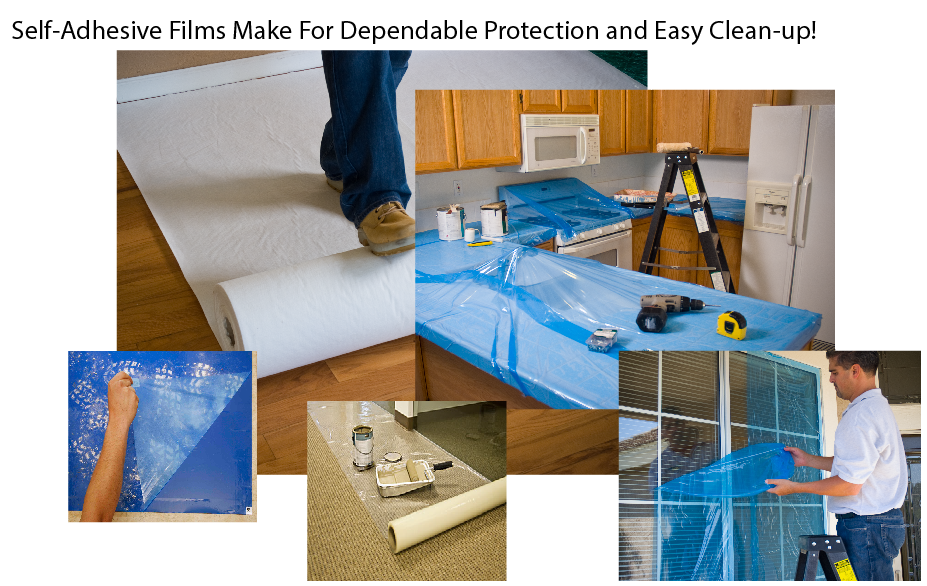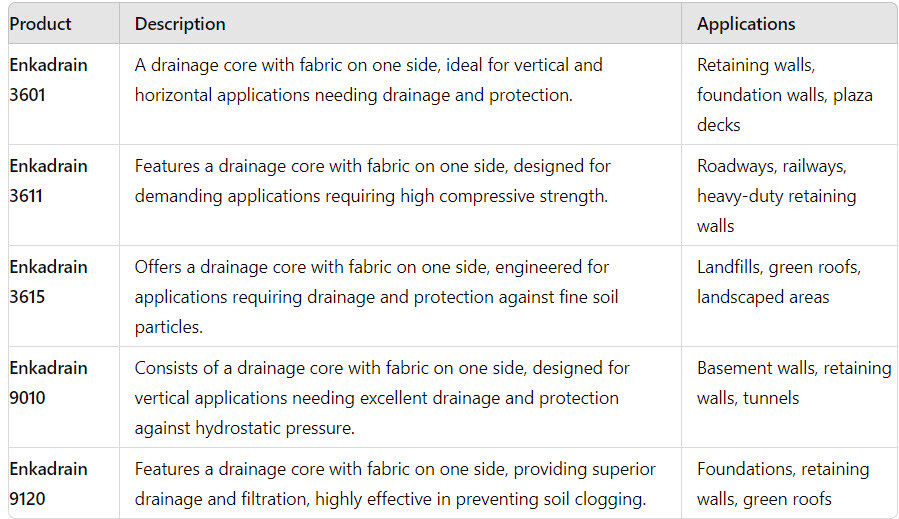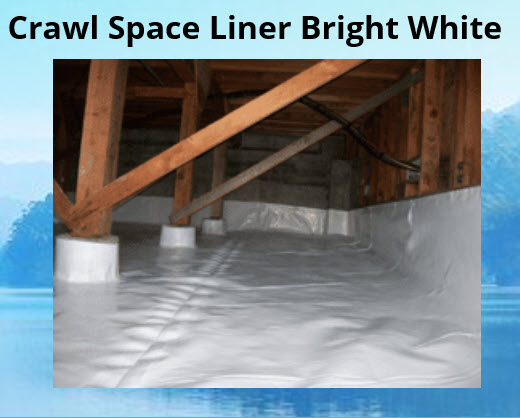What Type of Plastic is Builder's Plastic?
Builder's plastic, often referred to as polyethylene sheeting, is a versatile material widely used in the construction industry. This plastic is typically available in various thicknesses and is known for its durability, flexibility, and resistance to moisture. The most common type of builder's plastic is High-Density Polyethylene (HDPE) and Low-Density Polyethylene (LDPE), which offer different properties suited to various applications.
What is the Thick Plastic Used in Construction?
In construction, thicker plastic sheeting is often necessary for heavy-duty applications. The most commonly used thick plastic in construction is HDPE, which is available in various thicknesses, typically ranging from 6 mil to 60 mil. These thick sheets are used for applications such as moisture barriers, vapor barriers, and as protection against chemical spills and punctures.
Applications of Thick Construction Plastic
Moisture Barriers Thick plastic sheeting is often used under concrete slabs or crawl spaces to prevent moisture from seeping into the foundation.
Vapor Barriers Used in walls and ceilings, thick plastic sheeting helps to control the passage of moisture and vapor, protecting insulation and structural elements.
Protective Coverings Thick plastic sheets can also be used to cover and protect various surfaces during construction to prevent damage from dust, debris, and spills.
What is the Strongest Flexible Plastic Sheeting?
When it comes to strength and flexibility, reinforced polyethylene sheeting stands out. This type of plastic sheeting is manufactured with a reinforcement layer, usually made of scrim or another strong fabric, sandwiched between layers of polyethylene. This combination provides exceptional tear resistance, durability, and flexibility, making it ideal for demanding construction environments.
Benefits of Reinforced Polyethylene Sheeting
Enhanced Durability Reinforced sheeting can withstand harsh conditions, including heavy foot traffic, rough handling, and exposure to the elements.
Versatility This sheeting is suitable for a variety of uses, including temporary structures, scaffolding covers, and containment areas.
What Roll of Plastic is Good to Have on Hand Should Your Roof Spring a Leak?
For emergency repairs, having a roll of 6 mil reinforced polyethylene sheeting on hand is a smart choice. This thickness is sufficient to provide a durable barrier against water, preventing leaks from causing extensive damage. The sheeting can be quickly applied to cover a leaking roof, providing temporary protection until a more permanent solution can be implemented.
Why Keep 6 Mil Polyethylene Sheeting for Emergencies?
Quick and Easy Application The flexibility and ease of handling make it ideal for rapid deployment during emergencies.
Reliable Protection 6 mil sheeting offers a reliable barrier against water, protecting your property from further damage.
Ensure you have the right type plastic for your next project. Explore our website to explore our range of high-quality polyethylene sheeting and find the perfect solution for your needs. Protect your surfaces, control moisture, and handle emergencies with ease using our durable and versatile plastic sheeting products.
By understanding the different types of construction plastic and their applications, contractors, handymen, and DIY enthusiasts can make informed decisions to ensure their projects run smoothly and efficiently. From builder's plastic to reinforced polyethylene and emergency sheeting, having the right materials on hand can make all the difference.
Please visit this product page to view a wide selection of plastic sheeting.











